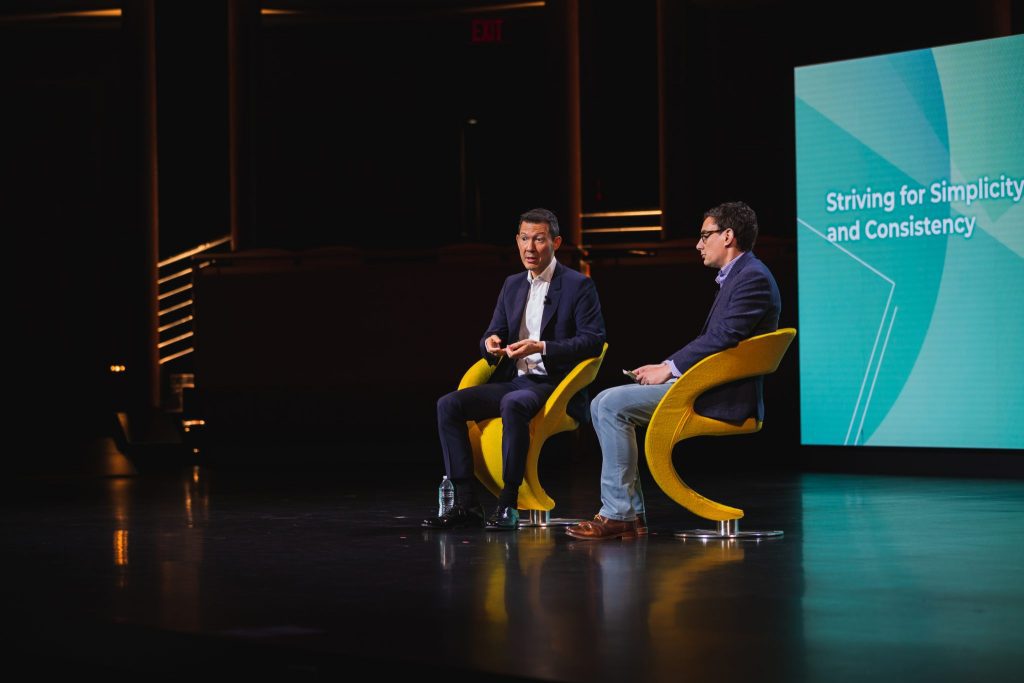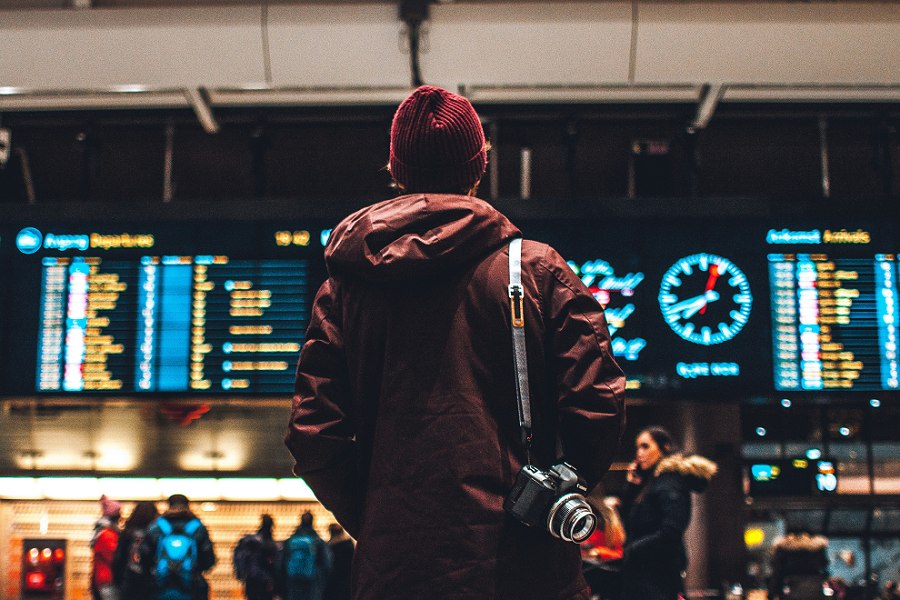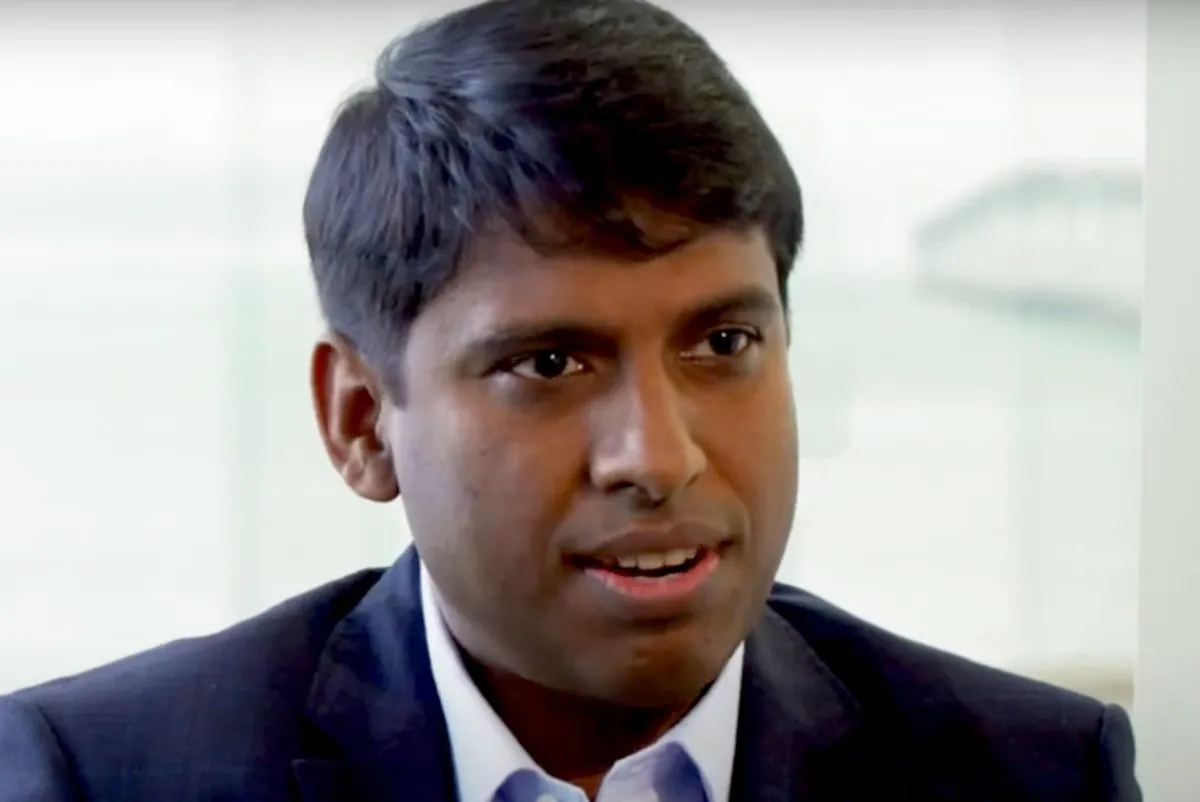Air France-KLM CEO Opens Up on Turnaround Efforts Amid Legacy Woes

Skift Take
 Since Air France-KLM CEO Ben Smith took the job last year, he has been laser-focused on simplifying what, to be kind, was a massively complicated company.
Since Air France-KLM CEO Ben Smith took the job last year, he has been laser-focused on simplifying what, to be kind, was a massively complicated company.
Air France in particular was marked by complicated routes that made little financial sense, a complicated fleet of dozens of different aircraft types and interior configurations, and even an extra brand — Joon — that to Smith's eyes served no purpose, despite its charter to be the airline of choice for millennials. And even on the human front, Smith inherited an airline with such fraught labor relations that negotiations on one memorable occasion had devolved into fisticuffs.
But despite whispers that Smith, a Canadian who was the first non-French national to lead the company, was reviled by both the Dutch and French workforces, in relatively short order, he got the fractious unions on board. He even got the resistant pilots union to agree to lifting the aircraft cap of 40 for Air France's low-cost subsidiary Joon.
Smith, who came to Air France-KLM as a rare outsider from Air Canada, is now focusing on simplifying and rationalizing the carrier's schedules and network, he said Thursday at Skift Global Forum in New York City. "Everything is built off the schedule. Lives are built around the schedule, not just our frontline employees but passengers choose to fly based on schedules," he said. Air France's schedules to North America made sense, Smith noted, but in particular the African network did not.
And in terms of fleet, Air France operated too many aircraft with different interior configurations, confusing both frontline employees and passengers. The layouts of many of its aircraft were not optimized for profits and prevented the airline from maximizing the revenue potential of its fleet, Smith said. "We can't meet the expectations of our customers, and the bottom line is for our shareholders, it was not a great result," he said.
And then there were the Airbus A380 superjumbos. Air France has 10 of the double-deck aircraft in its fleet, but retrofitting the "dated" interiors of each aircraft would cost €35 million ($38 million), which would include replacing the old seats, inflight entertainment systems, lavatories, and other interior elements. Additionally, not all airports can accommodate the giant aircraft, and even those that do usually only can at certain gates. "Economically, [the A380] is not great. Operationally, it's not great. It was not the right decision to keep that airplane," Smith said.
And while Air France may now be on the right track thanks to Smith's efforts, the reality is that it faces tough competition, with more than 100 airlines at Paris alone, he noted. In Europe, Air France-KLM competes with low-cost rivals EasyJet and Ryanair, and across the Atlantic, 10 airlines serve the Paris-New York route. But Smith said the strength of the Air France brand gives it an edge across the Atlantic. Some of the new entrants to the transatlantic market may not have the corporate contracts to survive during the winter, when leisure demand drops off. "Some of those airlines may not survive," he said.
Jay Shabat, Skift Airline Weekly senior analyst, concurred. Air France is seeing weakening demand for forward bookings, but that may hurt its competitors more than it harms Air France, he said.
Smith addressed a perennial rumor, that he and KLM CEO Pieter Elbers do not get along, arguing that it's a media narrative and not reality. "We are part of one big group. We have no time to waste to figure out if Air France and KLM are not great partners," Smith said.




